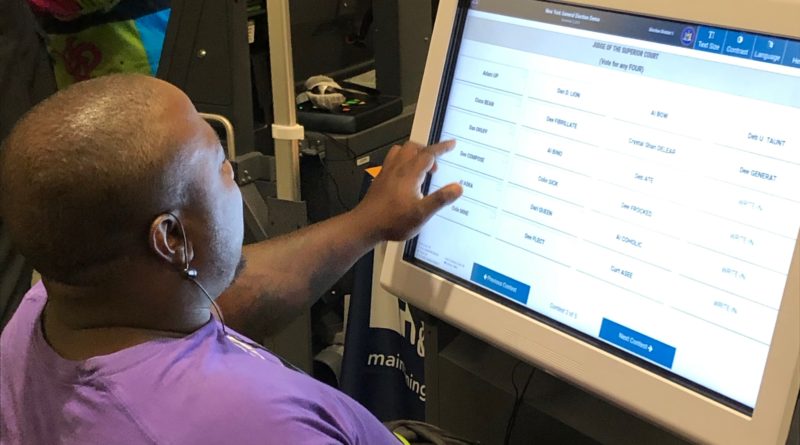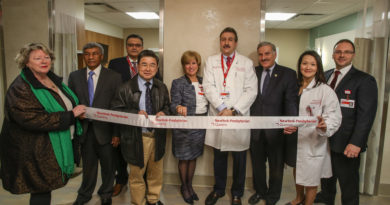Improving Voter Turnout in Queens
Fewer than one in four eligible voters in Queens cast a ballot in the 2017 New York City general election, and according to the Campaign Finance Board (CFB), the borough includes eight of the bottom 25 neighborhoods in voter turnout citywide.
In the interest of Queens, this situation must improve. The adoption of more modern, secure voting technology would better allow Queens’ diverse communities to experience an easier time at the polls, particularly those whose primary language is not English or who have disabilities.
Disability rights advocates recently surveyed new secure voting machines that improve the experience of those with disabilities.
Dustin Jones was among the many who tried the ExpressVote XL machine, filling out a sample ballot just as if voting in a regular election, easily completing the process and verifying selections.
“I absolutely love it,” said Jones, who attended the event with a group from the Center for Independence of the Disabled. “It’s easy to use and very responsive. I also think it’s very inclusive.”
More than 1 in 20 people in Queens under the age of 65 has a disability.
“I’ve been voting since I was 18 and using a wheelchair for the past eight years,” he added. “All of the little things that they have taken into consideration with this machine are going to make people with disabilities want to come out and vote.”
The machine, created by Election Systems & Software, permits voters to verify the printed paper record using the same accessible devices they used when marking the ballot in the language of their preference.
The borough also has a majority of residents who speak a language other than English at home. In fact, it is estimated that some 160 languages are spoken in Queens County.
Currently, the City of New York offers voter registration in 15 different languages.
Displaying the future of voting, the machine has a touchscreen that allows for any language to be programmed, so that voters whose first language is not English can simply read the ballot in their preferred language without having to navigate a crowded ballot with small print and multiple languages.
“We are fully committed to giving all voters the ability to vote independently and enjoy the same voting experience,” said Judd Ryan, senior vice president at ES&S.




